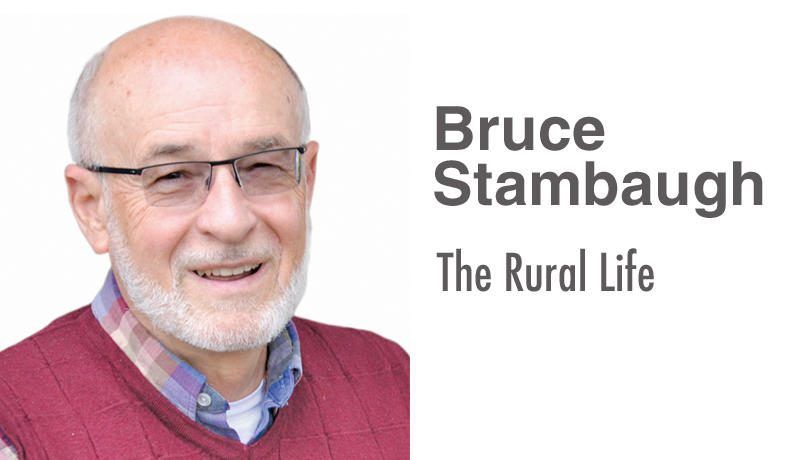Lessons from the Civil War still need to be learned
- Bruce Stambaugh: The Rural View
- October 28, 2020
- 952
My wife and I moved to the Shenandoah Valley more than three years ago to be closer to our three grandchildren. We also drew closer to the Civil War.
I remember studying about the Civil War in school, of course. But places and battles like Antietam, Gettysburg, Manassas, Petersburg and Appomattox overshadowed any Civil War engagements that occurred in the breadbasket of the Confederacy.
That agricultural label was apt. The Shenandoah Valley, especially the area where we live near Harrisonburg, played a vital role in keeping the Confederate States Army fed. The valley is still one of the prime agricultural regions of the Commonwealth.
Many of the citizens of the valley joined in fighting for the south. Others from the Rockingham County area remained neutral, however, preferring to tend their farms. When troops from both south and north moved through the valley, they often bought or helped themselves to foodstuffs, produce, corn and even livestock.
I recently completed an online university course on the Civil War in the Shenandoah Valley. I saw the class as an opportunity to learn more about what some locals still call "The War of Northern Aggression."
Indeed, the class taught me much about the war, local mores and history, and just how much military action occurred on and along roads we regularly travel. At times, it felt eerie to know the exact number of casualties on both sides in settings we frequent.
I sat up straighter in my chair when the instructor shared a map that showed troop encampments around Harrisonburg, the central city in Rockingham County. When he pointed to where one of George A. Custer's cavalry divisions camped, I took notice. It was where we live.
The most significant battles in the valley took place in the northern section near Winchester. Lesser skirmishes happened in and around Rockingham County.
One such engagement happened near Cootes Store along the north branch of the famed Shenandoah River. I have a new reverence for the place we occasionally drive by now that I know Confederates chased Custer and his cavalry across the river as Union soldiers forded absconded livestock. For the record, Confederate flags still fly all around that location.
The small historical town of Dayton, five minutes south of where we live, played a defining part in one of the valley's darkest events of the Civil War. Gen. Phillip Sheridan, commander of the Union Army in the valley campaign, learned that one of his top aides, John Rodgers Meigs, had been murdered near Dayton.
In retaliation, Sheridan ordered the burning of barns, mills, homes and crops in a 5-mile radius around the town. Most of the residents there were Mennonite farmers who had remained neutral during the war, nor did they own slaves.
Another aide to Sheridan, Lt. Col. Thomas E. Wildes, begged the general to rescind the order because the residents had treated Union troops well. Sheridan relented, but only for the Dayton area. Elsewhere in the valley, the Union Army implemented the burning. This action devastated the residents and crippled the Confederate food supply.
Those events are known as "The Burning." Not surprisingly, hard feelings remain today. That attitude mirrors the current political animosity in the U.S.
As I viewed some of the local battlefields where thousands of casualties on both sides occurred, I couldn't help but compare that violence to today's heated rancor and divisiveness.
So how long should we hang on to hate? Isn't it time to intentionally be more peaceable with one another?
Bruce Stambaugh writes about nature, weather, hobbies and people, often using personal experiences. Much to their dismay, he also writes about his family. He uses humor and pathos when he can't think of anything else to include. To read more The Rural View, visit Stambaugh at www.thebargainhunter.com.

